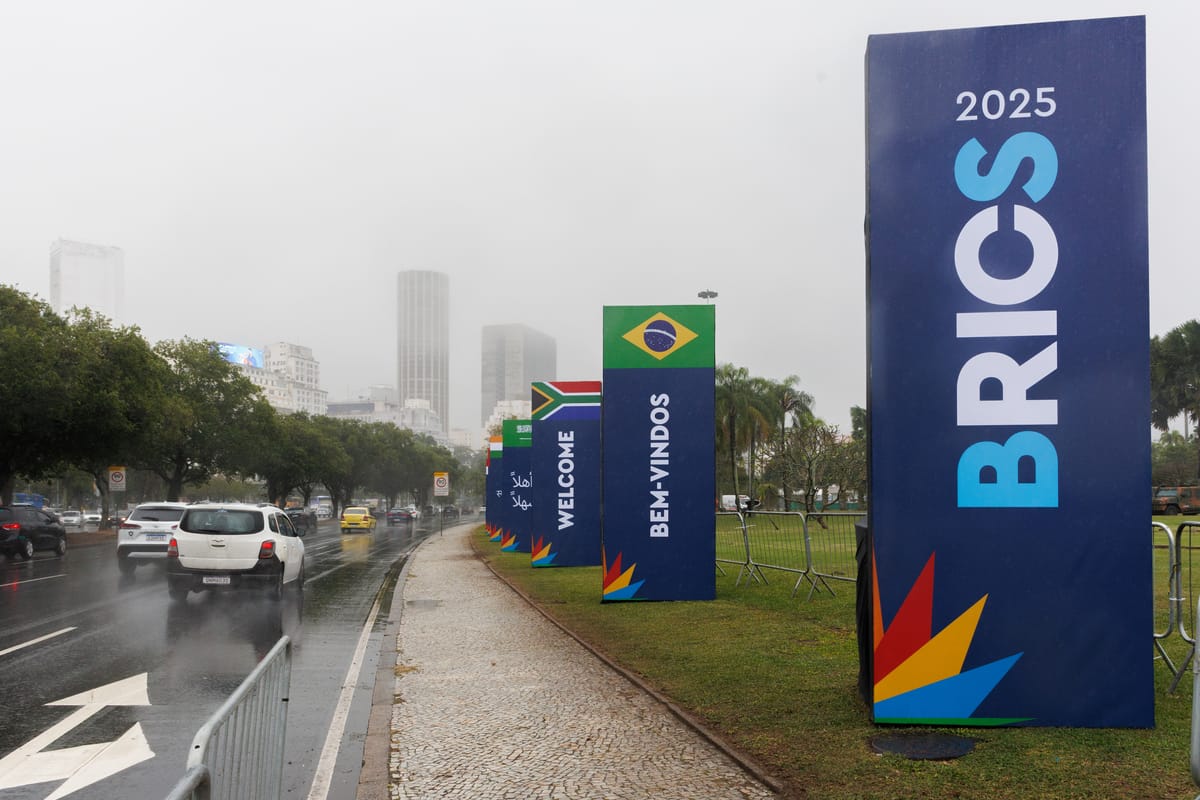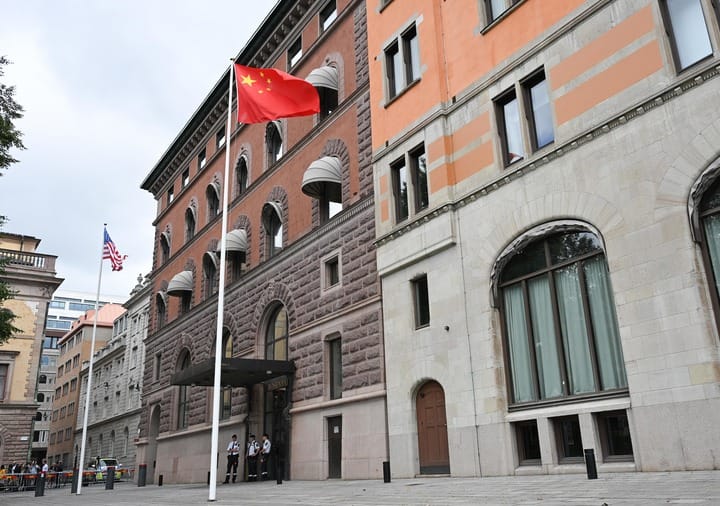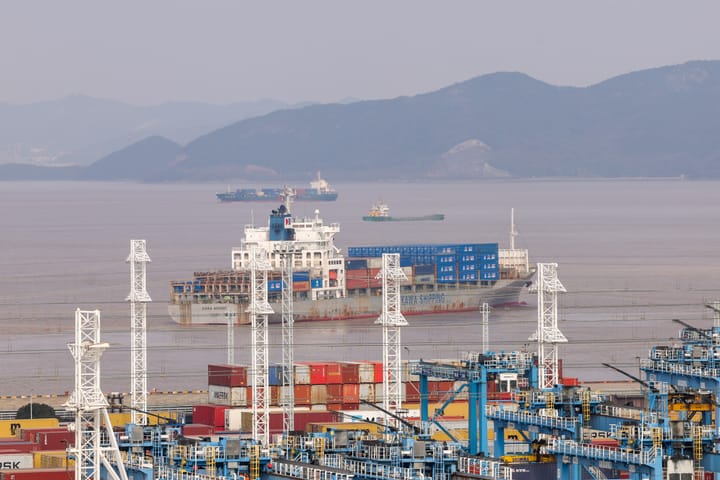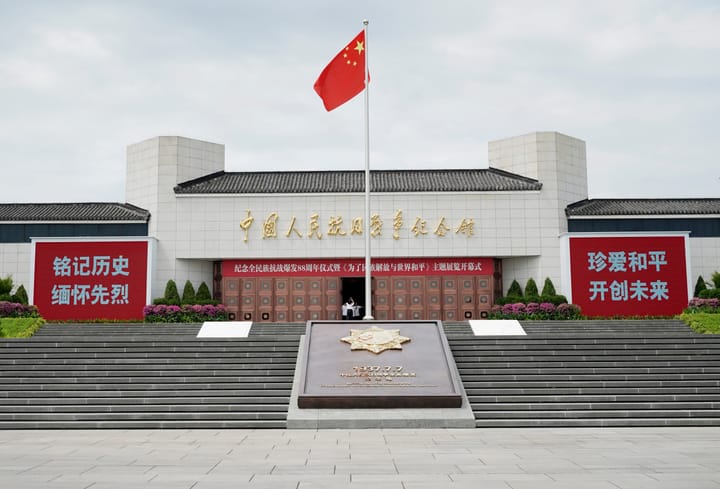BRICS and A New Order Behind It

It’s not Anti-Western, it’s Post-Western.
Editor’s Note: Trump is growing furious over BRICS, branding it as “anti-American.” But perhaps the real issue isn’t BRICS itself—it’s the current world order, led by a United States that, under Trump’s administration, seems to be running an auto-destruction program of its own. What’s wrong with the U.S.-led order? Why is its global appeal fading beyond repair? And what’s driving the rise of BRICS as an alternative? This article may offer you some answers.
On the morning of July 6, the 17th BRICS Summit officially opened in Rio de Janeiro, Brazil. This is not just an ordinary gathering of non-Western countries but a quiet yet unmistakable declaration: a brand-new global system is steadily taking shape.
Despite years of skepticism, ridicule, and containment attempts from the Western world, the BRICS mechanism continues to expand its institutional influence, global importance, and strategic cohesion. Today, BRICS boasts ten official member countries, an ever-expanding circle of partners, and more than fifty nations seeking membership. It has evolved beyond being merely a diplomatic forum; it now represents a significant force in the emerging multipolar world and serves as a structural response to the increasingly acute contradictions of Western-dominated globalization.


